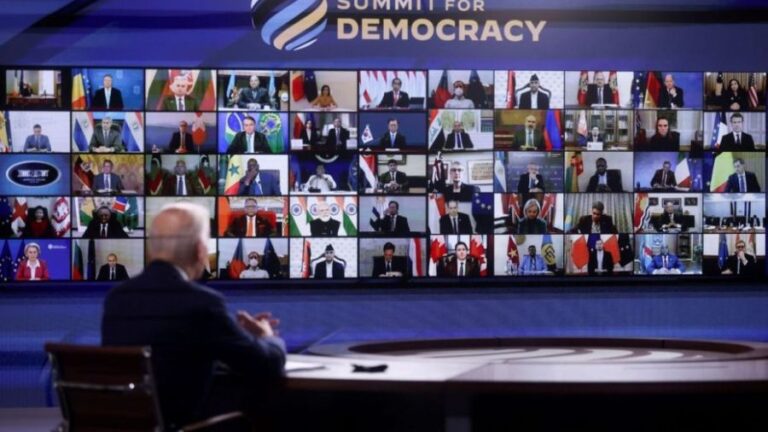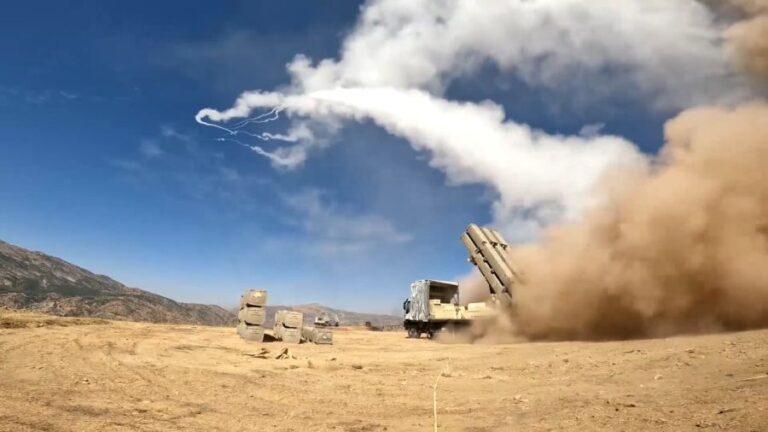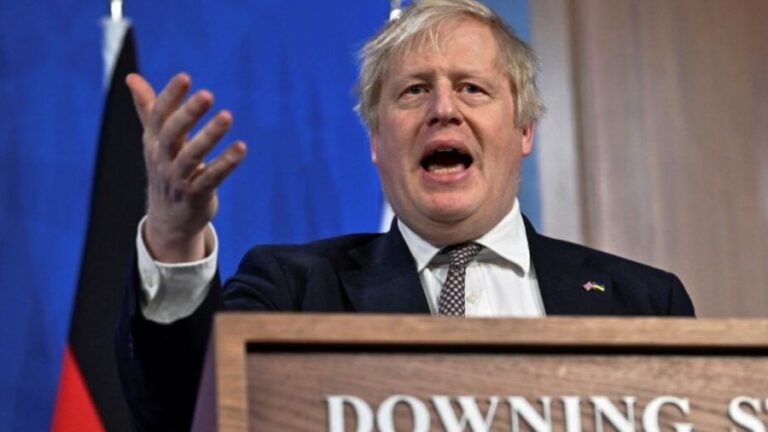Here Comes the 30-Year Trade War
Alibaba’s Jack Ma has warned that the ongoing US-China trade war could last at least 20 years. As we’ll see, it’s actually more like 30 – up to 2049, the 100th anniversary of the foundation of the People’s Republic of China (PRC).
Steve Bannon always boasted that President Trump was bound to conduct a “sophisticated form of economic warfare” to confront China.
The logic underpinning the warfare is that if you squeeze the Chinese economy hard enough Beijing will submit and “play by the rules.”
The Trump administration plan – which is, in fact, trade deficit hawk Peter Navarro’s plan – has three basic targets:
- Displace China from the heart of global supply chains.
- Force companies to source elsewhere in the Global South all the components necessary for manufacturing their products.
- Force multinational corporations to stop doing business in China.
The overarching concept is that unending confrontation with China is bound to scare companies/investors away.
There’s no evidence South Korean or German conglomerates, for instance, would withdraw from the vast Chinese market and/or production facilities.
And even if the Flight Away from China actually happened, arguably the American economy would suffer as much, if not more, than China’s.
The latest US tariff volley may lower China’s GDP by only 0.9 percentage points, according to Bloomberg Economics. But China may still grow a healthy 6.3% in 2019.
This is a decent overview, with numbers, of what the trade war might cost China.
What’s certain is that Beijing, as confirmed by a rash of editorials in Chinese state media, will not just play defense.
Beijing sees the trade war as “protracted.” A Commercial Cold War 2.0 atmosphere is now in effect but China is fighting the ideological war on two fronts. At home, Beijing is using strong language to define its position against the US but taking a significantly softer approach in the international arena.
It’s extremely helpful to understand how the current situation has arisen by examining the work of Wang Hui, a professor of Chinese language and literature at Tsinghua University, top essayist and the star player of China’s New Left.
Hui is the author of the significant The Rise of Modern Chinese Thought, published in 2005 and still without an English translation.
Some of Hui’s key conclusions still apply 13 years later, as he explains how Chinese society has not yet adapted to its newfound status in international relations; how it has not solved the “accumulated contradictions” during the breathtakingly fast process of marketization; and how it still has not mastered the inherent risks in the globalization drive.
Hui’s analysis is echoed in many a Chinese editorial including delicious throwback lines such as the “sharpening of internal contradictions” in international relations. After all “socialism with Chinese characteristics,” as codified by Deng Xiaoping and renewed by Xi Jinping, excels in exploiting and bypassing “internal contradictions.”
It’s all about BRI
Jack Ma, also hinted at a bigger picture, when he said that to counter the trade war, China should focus exports across the New Silk Roads/Belt and Road Initiative (BRI), specifically mentioning Africa, Southeast Asia and Eastern Europe.
Five years after President Xi launched BRI – then named One Belt One Road (OBOR) – in Astana and then Jakarta, it’s only natural that Ma concentrates on what I have emphasized to be the primary Chinese foreign policy strategy for the next three decades.
It’s never enough to stress that BRI’s six main connectivity corridors, spanning up to 65 nations, according to the original timetable, are still in the planning stage up to 2021. That’s when actual implementation starts, all the way to 2049.
Ma alluded to BRI expansion across strategically positioned nations of the Global South, including Central, South and Southeast Asia as well as Africa and Eastern Europe.
Quite a few of these nations have been extremely receptive to BRI, including 11 that the UN describes as Least Developed Countries (LDCs), such as Laos, Djibouti and Tanzania. BRI projects – and not World Bank projects with strings attached – represent the solution to their infrastructure woes.
Thus we see Beijing signing memorandums of understanding (MOUs) for BRI projects with no less than 37 African nations and the African Union (AU).
As BRI is closely interlinked with the Asian Infrastructure Investment Bank (AIIB), the bank will handle financing for BRI projects in Indonesia.
And the US-China trade war extrapolates to third countries such as Brazil profiting in terms of its commodities exports.
China is slowly but surely attempting to master the fine-tuning of financing complexities for projects in multiple connectivity corridors – including those in Bangladesh, Pakistan, Myanmar and Kazakhstan. At the same time, Chinese companies keep an eye on a political deal that will have to be brokered by the Shanghai Cooperation Organization (SCO) to unlock the BRI integration of Afghanistan.
In cases of nations excessively exposed to Chinese investment – such as Laos, Djibouti, Tajikistan and Kyrgyzstan – China is deploying a range of financing options from debt relief to clinching long-term contracts to buy natural resources. Whether China will leverage financing of strategic deep-water ports in Myanmar and Djibouti to build a “string of pearls” dotting the Indian Ocean supply chains is pure speculation.
A key vector to watch is how Germany and France approach BRI’s inroads in Central and Eastern Europe, for instance, via the Budapest-Belgrade high-speed rail linked, BRI-style, to Piraeus port in the Mediterranean. Italy is in – the Adriatic is connected to BRI. Germany is in with arguably BRI’s key European terminal in the Ruhr valley. France, however, dithers.
Russia is also in. Nearly 70 projects are being co-financed by BRI and the Eurasia Economic Union (EAEU). The Vladivostok forum once again proved the Russia-China strategic partnership, and its BRI/EAEU extension is in full effect.
A flimsy developed strategy by the Quad (US, India, Japan, Australia) has no potential to derail BRI’s reach, complexity, wealth of capital and human resources.
For all the financial/soft power challenges, BRI participant nations, especially across the Global South, are locked on their side of the Chinese infrastructure investment “win-win” bargain. The current, relentless BRI-bashing is not only myopic but irrelevant, as BRI, constantly fine-tuned, will keep expanding all the way to 2049. What it will certainly face is a 30-year trade war.







